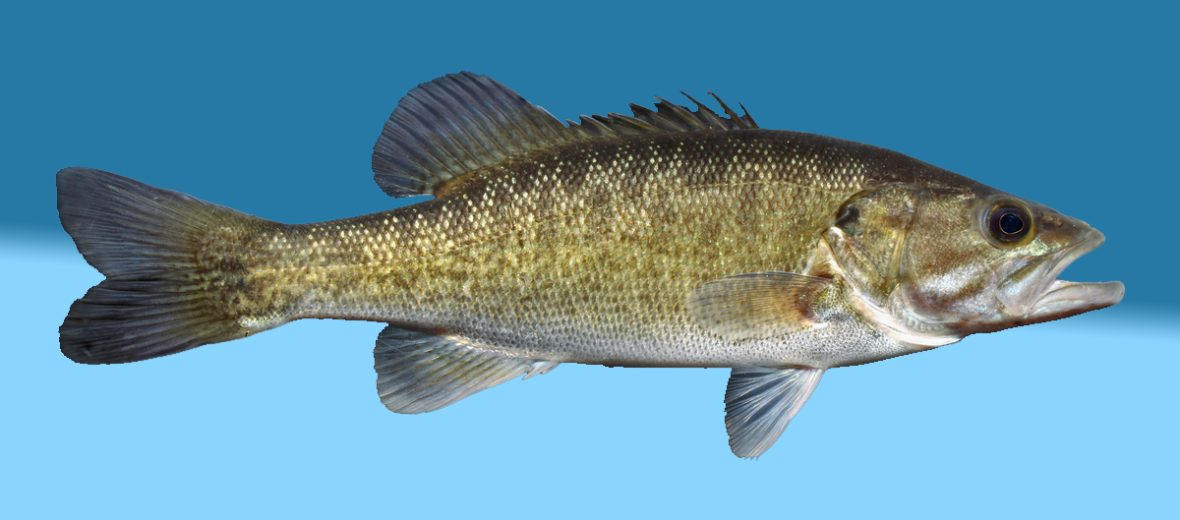
The shoal bass is a freshwater fish from the sunfish family. They can be found in Florida, Georgia, and Alabama, in the United States. These fish prefer lakes, rivers, and streams. These fish dwell in the same water bodies as non-native spotted bass, and are in direct competition with these fish for food and breeding grounds. Due to the interruption from shipping lanes, construction of dams, water pollution, and the introduction of invasive species (and with them disease and competition for food and more), these fish are listed as Near Threatened by the IUCN. Their overall populations are uncertain. This article is on special request from my friend, Shawn.
First the Stats…
Scientific name: Micropterus cataractae
Weight: Up to 8.5+ lbs.
Length: Up to 2 feet
Lifespan: Up to 12+ years
Now on to the Facts!
1.) These fish were described for the first time in 1999.
2.) They are often confused with both the red-eyed bass and the small-mouthed bass.
3.) To date, there are no known subspecies of the shoal bass.
4.) Shoal bass prefer to dwell in bodies of water that contain rock shoals, as they require these for their breeding grounds.
5.) Due to their IUCN status, anglers are encouraged to catch and release these fish.
But wait, there’s more on the shoal bass!
6.) Just like the largemouth bass, the male builds the nest and guards the eggs as well as the fry.
7.) The shoal bass feeds primarily on insects that land on the water’s surface. They also feed on larval insects, crayfish, and smaller fish.
Did you know…?
Females lay up to 18,000 eggs each season. These are guarded by the male, till the fry hatch.
8.) Worms, minnows, crayfish, small spinners, and a large variety of small surface lures are all used by anglers to catch these bass.
9.) The shoal bass tends to fight stronger than its cousin, the largemouth bass, and they also have more stamina. So, they are a preferred sport fish. Much to their dismay.
10.) Spawning occurs between April – June.
Be sure to share & comment below! Also, check out the Critter Science YouTube channel. Videos added regularly!
Want to suggest a critter for me to write about? Let me know here.



